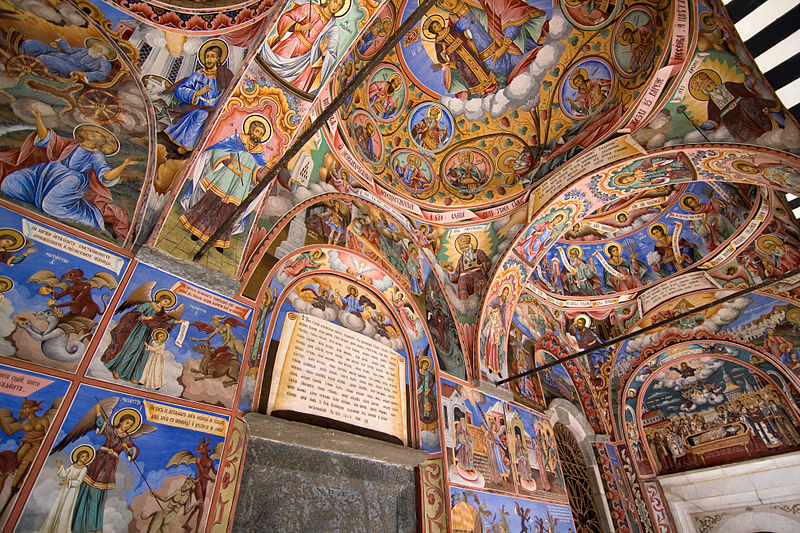Rila Monastery

Facts and practical information
Nestled in the heart of the Rila Mountains, the Rila Monastery stands as a beacon of Bulgarian spirituality and cultural significance. This monumental edifice, founded in the 10th century by St. John of Rila, is not only a working monastery but also one of Bulgaria's most cherished historical treasures and a UNESCO World Heritage site.
With its striking architecture and vibrant frescoes, the Rila Monastery is a quintessential representation of the Bulgarian Renaissance. The complex is characterized by its imposing stone walls that evoke the feeling of a fortress, protecting the serenity and sanctity within. The main church, the Nativity of the Virgin, is adorned with a polychrome tiled roof and exquisite murals that depict biblical scenes and saints, capturing the eyes and hearts of visitors.
The monastery's museum holds a collection of historical artifacts, religious relics, and old manuscripts that provide a window into the spiritual and cultural life of medieval Bulgaria. The Rila Monastery has endured through centuries, serving as a center of scholarship and spiritual life, and it played a significant role in preserving Bulgarian culture during Ottoman rule.
Today, the Rila Monastery remains an active religious community and a sanctuary of Eastern Orthodox monasticism. It continues to draw pilgrims and tourists alike, who seek to experience its peaceful atmosphere, delve into its rich history, and marvel at its artistic achievements. The monastery's natural surroundings, with the Rila Mountains' majestic peaks and lush forests, add to the sense of tranquility and isolation from the bustling outside world.
Rila Monastery – popular in the area (distance from the attraction)
Nearby attractions include: Malyovitsa, Malyovishki Lakes, Urdini Lakes, Chanakgyolski Lakes.












